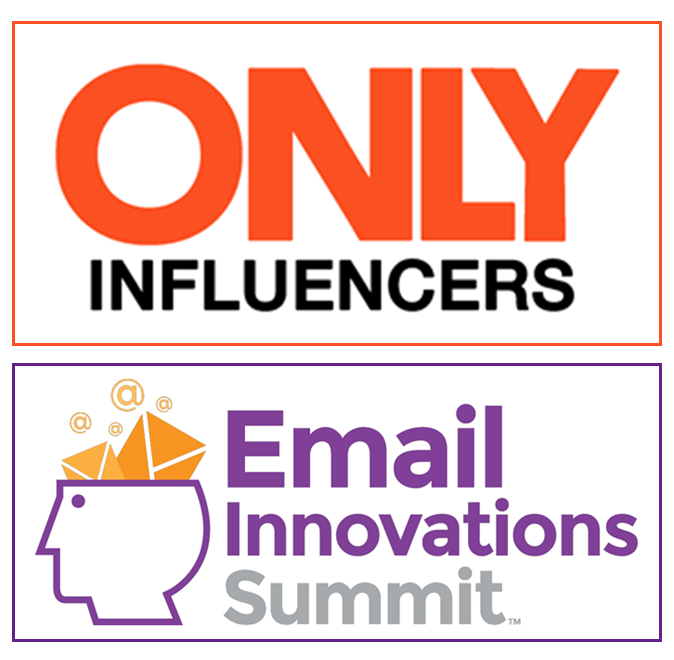Note from Jeanne: Happy Throwback Thursday! This was one of the most popular columns that ClickZ published last year. Although it was written in February 2015 the facts and opinions expressed here are still 100% on target. Enjoy!
It’s been a long time since the phrase “double opt-in” has crossed my lips, but it came up in not just one but two different conversations in the past few weeks. Both were friends that work in the digital marketing and product development world and they’re really good at what they do. But email isn’t their primary wheelhouse, like it is mine.
So it was interesting that both considered double opt-in the way that email marketing acquisition should be done. One reminded me that, back when we worked together in 2000, I was a very strong proponent of double opt-in. That’s true; but I’ve changed my stance. While I’m not anti-double-opt-in (full disclosure: my email newsletter is and always has been double opt-in, read on to learn why), there are times when it makes sense to go double opt-in and other times when single opt-in is just fine.
So why did my stance change and how do I determine whether to recommend single or double opt-in to a client?
Let’s start at the beginning.
A true double opt-in process requires the subscriber to not only sign-up for email but also confirm that the address they used to sign-up belongs to them. Here’s a typical process:
- Visitor enters their email address (and possibly other information) on a Website to sign-up for email
- List owner sends an email message asking the subscriber to confirm his or her interest in receiving email
- If the subscriber responds to this message (typically by clicking a link or replying to the email), they are added to the list
- If the subscriber doesn’t respond to this message, they are not added to the email list
- The list owner may resend the confirmation email a few times, but no other communication is sent until the recipient confirms their interest
In theory, double opt-in is fabulous; it confirms that everyone on your list truly wants to be on your list. But in practice it is difficult to do well.
First you have the messaging, both at the point of sign-up and in the confirmation email, which requires a response. You need to tell people to be on the lookout for that confirmation email – and to be sure to open it, read it and respond. Then the confirmation email has to get the point across in a clear, concise manner.
One of my favorite classic case studies about double opt-in involves Cirque de Soleil. It originally appeared in MarketingSherpa’s 2009 Best Practices in Email Marketing Handbook. Thanks to very good messaging, 80% of the people who signed up for the Cirque de Soleil email list went on to confirm by clicking on the double opt-in message. Back then this was a remarkably high conversion rate – and it would still be that today.
So do the math. Even this very, very successful Cirque de Soleil double opt-in program could not add 1 in 5 initial sign-ups to their active email marketing list because they didn’t confirm. You can do the math on this; soon you have an active list of 1 million email addresses that you can send to – and a list of 250,000 that you can’t. And this is for a successful program. Imagine a program with a double opt-in conversion rate closer to 50%.
The idea behind the double opt-in is that people who don’t confirm didn’t really sign-up for your list. Perhaps there was a typo when the person entered their address and so the email goes to someone else. Or perhaps someone maliciously input another person’s email address (‘revenge spam’). But in reality many times there are legitimate people on your list who want to have an email relationship with you – and they didn’t see it because they missed it in the inbox or it was delivered to the junk mail folder.
So that’s my first problem with double opt-in — it’s overkill. In most cases the vast majority of the names that don’t confirm do so by accident, not by design. So you are often keeping many people off your email list to protect yourself from the few or none that do not want to get email from you.
Point 2: that list of people who didn’t confirm becomes harder and harder to resist sending to the larger that it gets. From a business standpoint it’s difficult to justify *not* communicating with people that wanted to have an email relationship with you. This is the #1 reason, back in the day, that companies moved from double to single opt-in. And it’s a legitimate argument.
Reason 3 in support of single opt-in: it takes a lot of work to create and maintain a double opt-in program with a high conversion rate. It requires constant attention and testing. Attention and testing which would be put to better use working on increasing the conversion rates on the email campaigns that are geared toward meeting your bottom line goals – revenue or otherwise. So this is another issue I have with double opt-in – it’s takes a lot of time and effort but doesn’t directly deliver benefit.
So all this said, there are three things that would cause me to recommend double opt-in for a client:
- If they’ve experienced deliverability issues in the past
- If they are potentially a target for malicious intent
- If they don’t feel they can adequately police the single opt-in requirement internally
If any one of these are issues for an organization, double opt-in is the way to go; here’s why.
If your organization has had serious deliverability issues caused by spam complaints in the past chances are that a third-party, either an anti-spam organization or a certification partner, will mandate that you go double opt-in. Even if that’s not the case, if you have a history of having these types of deliverability issues then there’s good reason to take the extra cautious route with double opt-in. The good news here is that if someone ever questions it, you have the horror story justification to support your decision.
The second reason to go double opt-in is what drives my personal email newsletter acquisition approach. I have been an outspoken proponent of permission based email marketing for a long time now. There are black hat mailers out there who would love to see me taken to task in the media for having people on my list that didn’t opt-in. There is the potential for these people to create just this scenario with a single opt-in system. So I am double opt-in.
I would also say that any organization which is polarizing or has people who intensely dislike it should go opt-in for the same reason. One example that comes to mind would be any organization involved in the pro-choice / pro-life debate. Here I would always recommend a double opt-in approach.
Finally, sometimes double opt-in is used to protect an organization from its internal employees, even if they mean well. Single opt-in is a best practice in the email marketing industry, but in the United States it’s not the law. I’m seen situations where well-meaning employees add email addresses to their list in bulk – only to then find themselves blacklisted. If you can’t educate and get your employees to commit to abiding by single opt-in guidelines, a double opt-in program will protect you from deliverability issues.
I’ve got a few more thoughts on single versus double opt-in and I especially wanted to address some of the articles I’ve seen recently which make the case for moving back toward double opt-in (I think they are unfounded). Whether you decide to go opt-in or double opt-in with your list, kudos to you for taking the time to research the options.
Until next time,
Jeanne






